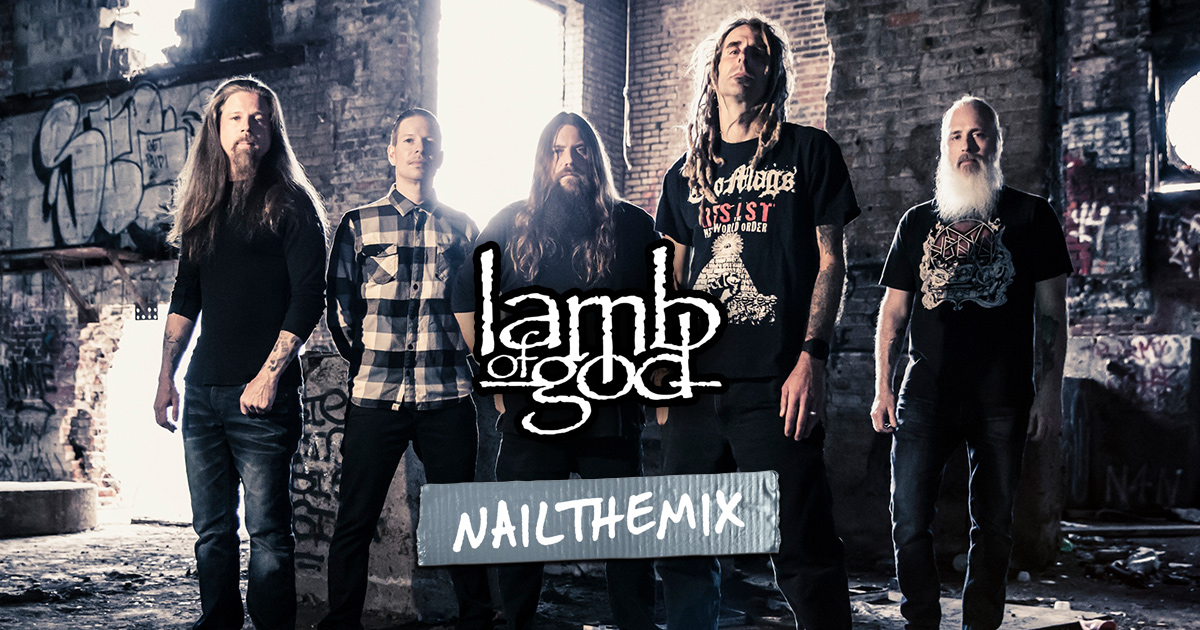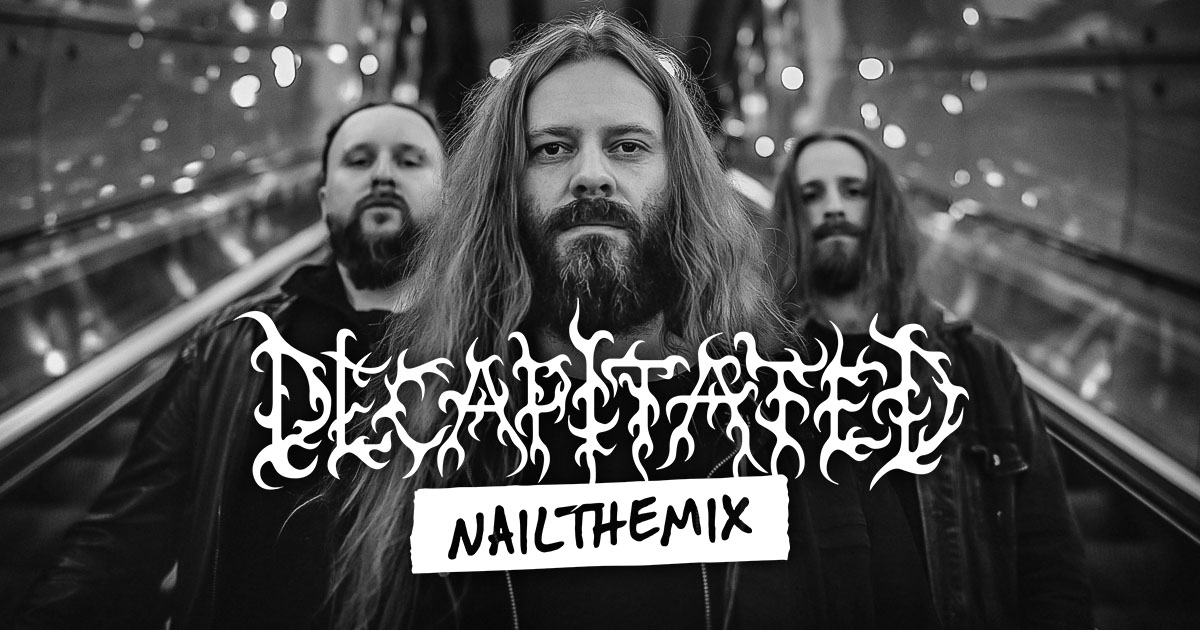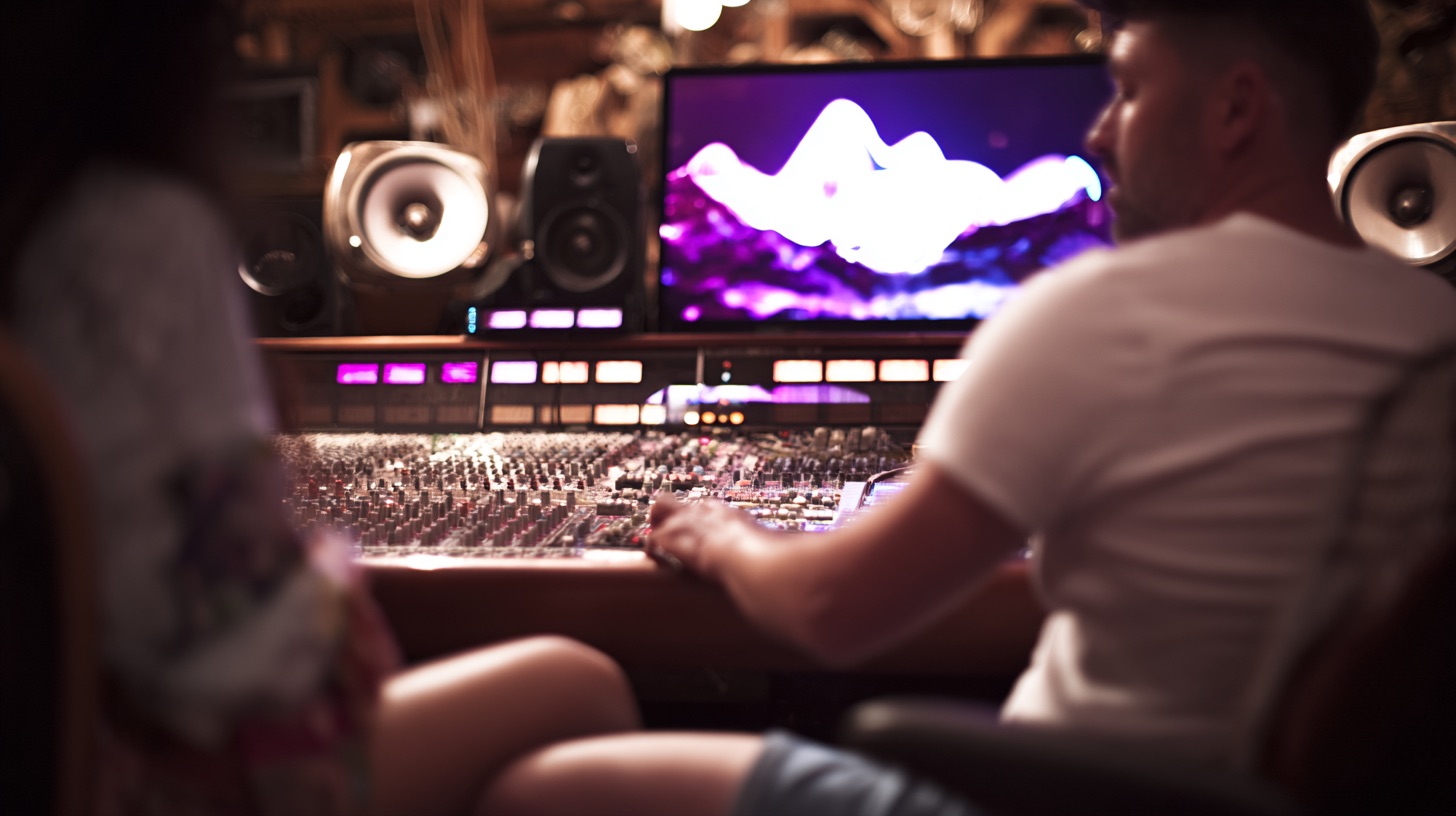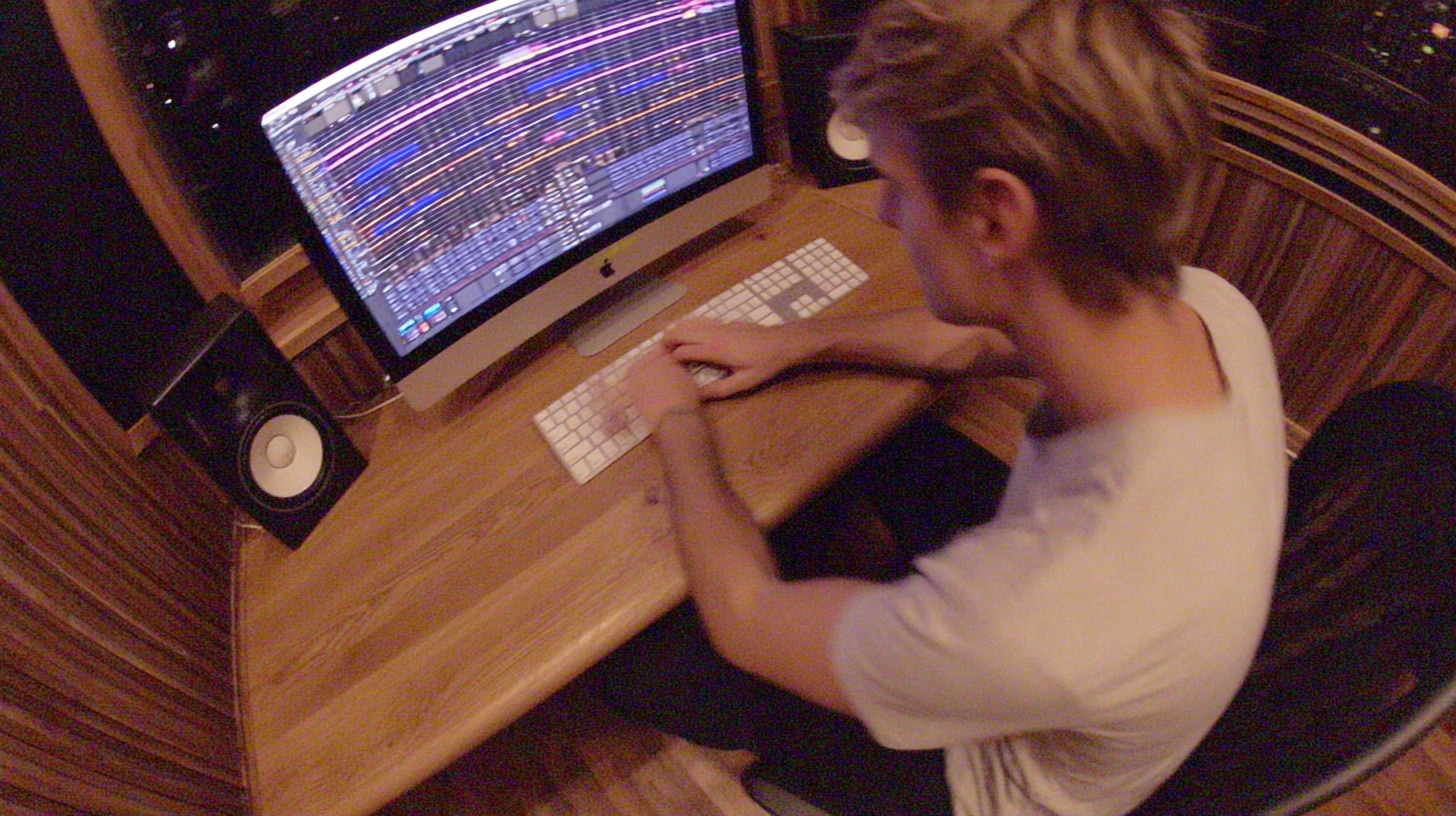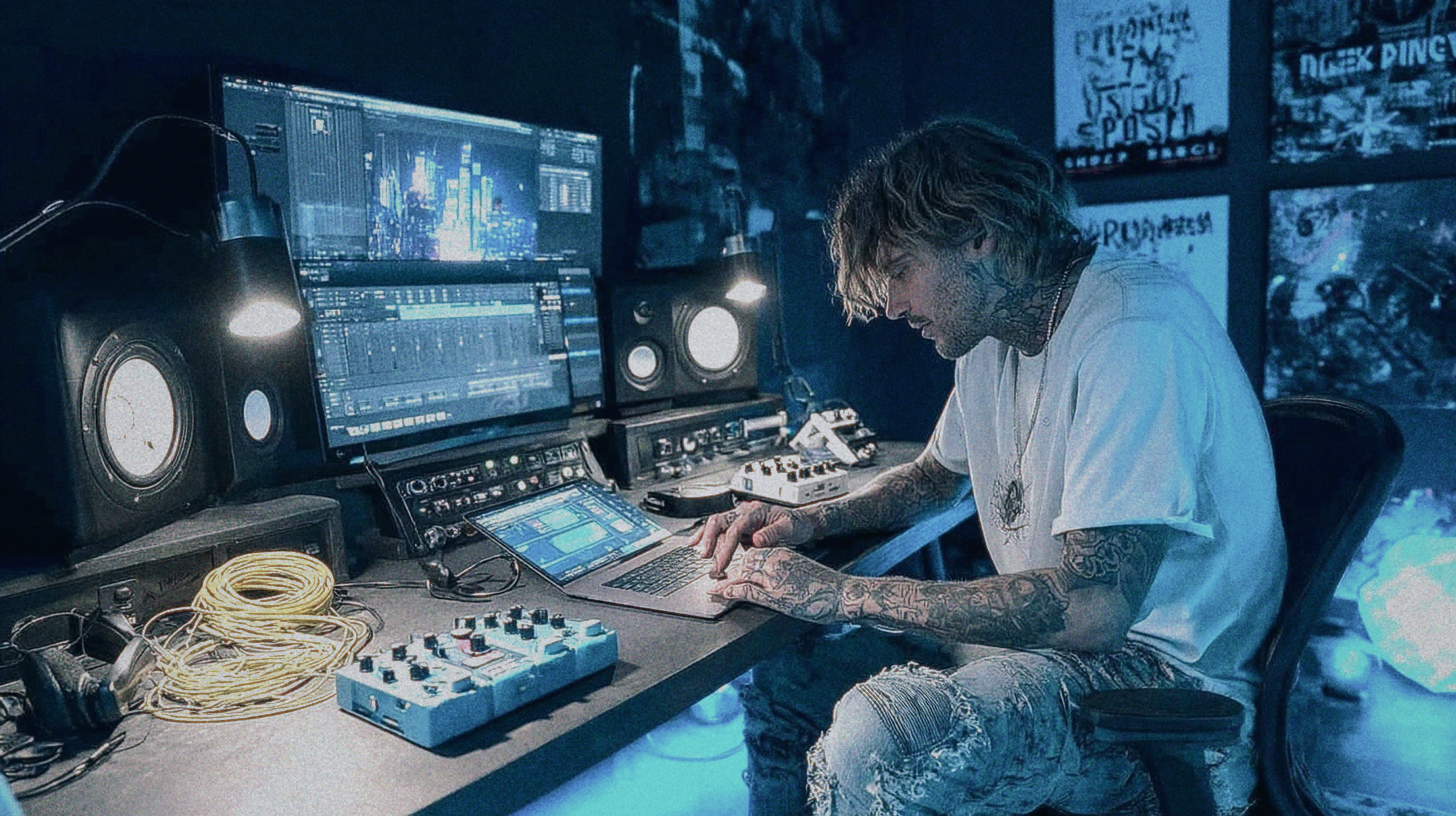
AI Music Mixing: Stop Worrying and Start Using It
Nail The Mix Staff
The conversation around AI in music is everywhere, and let’s be real, a lot of it sounds like a sci-fi horror movie. “The robots are coming for our jobs!” “Creativity is dead!” “My DAW is going to become self-aware and delete my sick riffs!”
Slow down. Take a breath.
Here’s the deal: AI isn’t a threat to producers and mixers. It’s the next logical step in a long history of tech that empowers us to get the sounds out of our heads and into the speakers, faster and with more control than ever before.
Think about it. Metal production has always been about embracing new tech. When drum triggers and sample replacement first hit the scene, people freaked out. Yet, they allowed bands to get ultra-consistent, punchy kick and snare sounds that defined a new era of heavy. When the Kemper Profiling Amp and Axe-Fx landed, they completely changed the game for recording and touring, solving the age-old problem of recreating a killer studio tone on stage.
AI music mixing tools are just the next Kemper. They’re not here to replace your ears or your creative vision. They’re here to be your unpaid intern—the one who does the boring, repetitive grunt work so you can focus on what actually matters: making a mix that slaps.
The Real Job of AI in Your Mix: Your New Assistant
A great mix isn’t about perfect EQ curves or mathematically ideal compression settings. It’s about emotion, energy, and vibe. It’s about the push and pull of the faders, the carefully automated reverb throw on a final scream, and the way the guitars feel like they’re punching you in the chest.
No AI can program that feeling. But what it can do is handle the tedious setup that gets you to the creative part faster.
Think about the time you waste on stuff like:
- Manually taming harsh sibilance on 16 tracks of layered vocals.
- Hunting down and notching out that one annoying ringing frequency in the rack tom.
- Setting initial gain and panning for a 150-track session.
This is the stuff AI tools excel at. They can analyze your tracks and give you a balanced, cleaned-up starting point in minutes. This frees up your brainpower and your time to focus on the fun stuff—the creative choices that define your sound.
A Look at the AI Tools Wrecking Shop Right Now
The market is full of AI-powered plugins, and they all have different strengths and weaknesses. Here are a few of the big players and how you can actually use them in a heavy mix.
iZotope Neutron 4 & Ozone 11: The All-in-One Assistants
These are the 800-pound gorillas of AI mixing and mastering. You drop them on your tracks or master bus, the Assistant view asks you what you’re going for, and it spits out a full chain of processing.
Pros:
- Great Starting Points: The Mix Assistant is incredible for quickly getting a balanced, static mix. It’s a huge timesaver for initial leveling and panning.
- The Unmask Feature: This is Neutron’s killer app. It listens to two clashing tracks (like kick and bass, or vocals and guitars) and suggests surgical EQ cuts to help them coexist. It’s a fantastic way to create clarity without gutting your tone.
- Visual Mixer: A genuinely cool way to visualize your mix and adjust pan and volume in an intuitive space.
Cons:
- Can Sound “Safe”: Left to its own devices, iZotope’s AI can be a little polite for aggressive metal. It might try to tame your chainsaw guitars or squash your snare a bit too much. You have to go in and tweak its suggestions.
- CPU Hungry: Running 50 instances of Neutron can bring even a powerful machine to its knees.
Sonible smart:comp 2 & smart:eq 3: The Surgical Specialists
Unlike iZotope’s all-in-one approach, Sonible’s tools are more focused. You get one tool that does one job, but it does it with an insane amount of intelligent control.
Pros:
- Amazing for Learning: The AI suggestions in smart:eq 3 are a masterclass in EQ. You can see exactly where it identifies mud, harshness, and resonance, teaching you what to listen for.
- Spectral Compression: This feature in smart:comp 2 is a game-changer. Instead of compressing the whole signal when a certain frequency gets out of line, it only ducks that specific frequency range. It’s perfect for taming cymbal harshness in overheads or controlling bass guitar boom without losing the fundamental.
Cons:
- Requires Guidance: The AI is smart, but it doesn’t know you want that snare to sound like a gunshot. You have to use its suggestions as a guide and adjust the parameters to fit the aggressive vibe of the genre.
LANDR Mastering: The Quick Reference Tool
Known for its automated online mastering, LANDR is a killer tool for getting a quick reality check on your mix.
Pros:
- Fast and Easy: Upload your mix, and in a few minutes, you get back a surprisingly decent mastered version.
- The Best A/B Test: Use it to quickly hear how your mix might sound after mastering. Is your low end falling apart? Are the cymbals turning to mush? LANDR will reveal the weak spots in your mix balance instantly.
Cons:
- It’s Not a Mastering Engineer: It’s a template. It can’t make creative decisions or add that final human polish that a real mastering engineer like Maor Appelbaum or Alan Douches provides. Use it as a benchmark, not a final product.
How to Use AI Without Sounding Like a Robot
Okay, so you’ve got the tools. How do you integrate them into your workflow without your mixes sounding sterile and generic?
Use It as a Starting Point, Not an End Point
Run Neutron’s Assistant on your guitars. It will probably add an EQ. Look at what it did. Did it cut some mud around 300Hz and tame a fizzy spot at 8kHz? Cool, it’s probably onto something. Did it also slap on a multi-band compressor that neuters the chugs? Ditch the compressor, keep the EQ, and tweak it to your taste. The AI’s job is to suggest, your job is to decide.
The 80/20 Rule in Action
Let the AI do 80% of the boring stuff. Use it to quickly balance your drum shells, de-ess your vocals, and carve out initial space for everything. Then you can spend 100% of your creative energy on the 20% of the mix that really matters: dialing in the perfect snare reverb, automating the vocal delay throws, and getting the guitars to feel huge.
A/B Everything. Seriously.
Your bypass button is your best friend. Is the AI-suggested change actually better, or is it just louder and different? Close your eyes and listen. The goal is to enhance the song, not to accept what an algorithm tells you is “correct.”
Train Your Ears, Not the Algorithm
Ultimately, AI tools are a reflection of the data they’re trained on. They can show you what a “good” mix often looks like, but they can’t teach you why. They can’t explain the feeling you get when a perfectly timed filter automation opens up into a massive chorus.
That’s on you. The only way to truly level up is by understanding the fundamental principles of mixing. Watching pros work, getting your hands on real multitracks, and learning the why behind every move is what separates the bedroom warriors from the pros. It’s how you develop a workflow that’s truly your own.
The Takeaway: AI is Just Another Tool in the Box
Don’t fear the new tech. The producers who get left behind aren’t the ones who get replaced by AI; they’re the ones who refuse to adapt and learn.
In the modern era, you have unprecedented power to bring your musical vision to life, right from your bedroom. AI is just another powerful tool—like a great amp sim, a drum sampler, or a killer set of monitors—that can help you get there.
Use it to handle the grunt work, use it to learn, and use it to get to the creative part of mixing faster. But never let it replace the most important thing in the chain: you.
Get a new set of multi-tracks every month from a world-class artist, a livestream with the producer who mixed it, 100+ tutorials, our exclusive plugins and more
Get Started for $1

